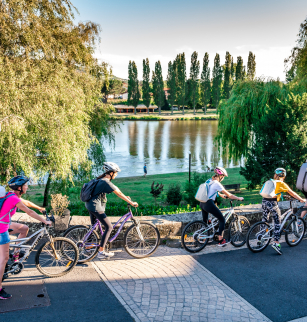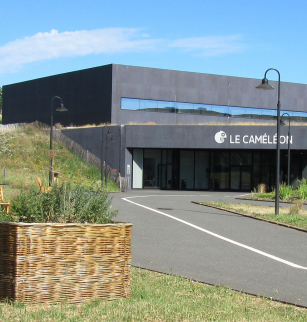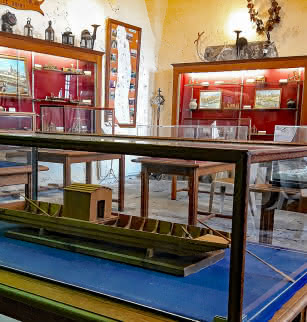The bridge

At Pont-du-Château, several different bridges have crossed the river Allier, but did not withstand the river floods. The present-day bridge is from the 18th century.
Criss-crossed by a multitude of waterways, the Clermont Auvergne metropolitan area retains many bridges, some of them dating back to Antiquity, such as the Beneilh bridge at Aubière.
At Pont-du-Château, it is said that Caesar’s troops crossed the Allier river on foot to reach the Sarliève plain and the Gergovie plateau in the year 52 BCE. Over the centuries, several bridges were built but none survived the river floods. A wooden bridge existed in 1566 when Charles IX took it with his mother Catherine de Medici after dining at the château with Charlotte de Vienne, lady-in-waiting and governess to the royal children. The bridge disappeared in 1586 in the flood that also destroyed the Chapelle de la Recluse. After the bridge was destroyed, the Allier river had to be crossed by boat. The present-day bridge was built at the request of Monsieur de Regemortes, the King’s engineer and designer of the bridge bearing his name at Moulins. He gave the plans to architect François-Charles Dijon (1705-1785), who built it between 1765 and 1773.
The bridges were preceded by a wooden dam that cut across the river to bring up its level, supply the mills and facilitate fishing, over which the King had a monopoly. Colbert, Louis XIV’s Secretary of State, ordered that the river Allier be navigable from Brioude to Pont-du-Château, with the need to open the dyke for boats to pass. The dyke was finally destroyed in 1792.
Two fish passes allowing salmon in the Allier to pass were built in 2013 at the foot of the bridge.
Prices
- Free access.














